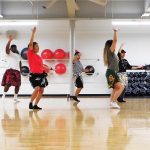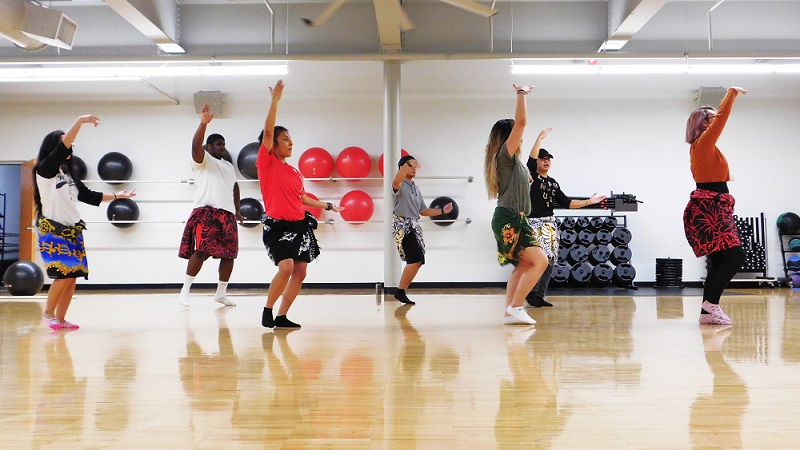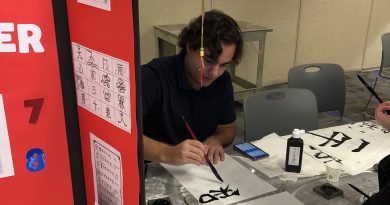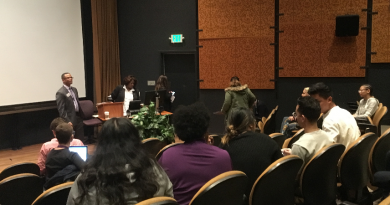Club spotlight: APISU’s Island Showcase and first practice
It’s almost that time of the year again — members of UW Tacoma’s Asian Pacific Islander Student Union have already began preparing for the annual luau at UWT.
APISU serves as a safe and supporting community for Asian and Pacific Islander students to meet and network among each other, along with those individuals who are interested in learning more about Asian Pacific Islander cultures. By providing a learning and fundamental environment, as well as a family like atmosphere, APISU hopes to educate and encourage awareness of the cultures through activities and community involvement.
Malik Slater, a two year member of APISU and junior at UWT is one of many involved with the organization.
“I personally enjoy APISU because of the diversity of personalities and opinions. Also it’s a place where you [can] create lifelong friendships,” said Slater.
APISU is noticeably known for hosting the largest student-conducted event at UWT. The APISU’s Annual Lu’au typically pops up around the end of spring quarter. The luau represents the Pacific Islands through music, dance and food as an expression of cultural pride and a celebration of the diversity of our students at UWT.
Now that winter quarter is rolling, APISU has begun to prepare for the seventh annual luau. Members of APISU gathered at the UWY for their first practice on Jan 17th. The practice was mainly for new members to get a glimpse of what the luau will be like. The performers in last year’s luau showcased a variety of dance numbers from the islands of Fiji, Hawaii, Samoa, Tahiti and Kona, focusing on the differences in each of the dances.
“One example is the differences between Tongan and Samoan dances. Both cultures are similar, but the movement of the fingers and hands are what makes each one unique,” said mediator of APISU.
For this month’s practices, the teachings will focus on the foundational movements of the Pacific Islands. From the elegance in the wrist down to the core and hips, the teaching is a collection of traditional dances of Hula, Fijian and Haka.
“In Tongan women dances, the elegance is shown through the smooth movements of the wrists. Whereas Samoan women dances emphasize the movements of the fingertips. Its small things like this that make learning about the different islands fun and educational,” said mediator of APISU.
For now, practice is being held every Wednesday, 7:15–8:45 p.m. in UWY Mirror Room 1.
Interested in participating?
deleoc@uw.edu






